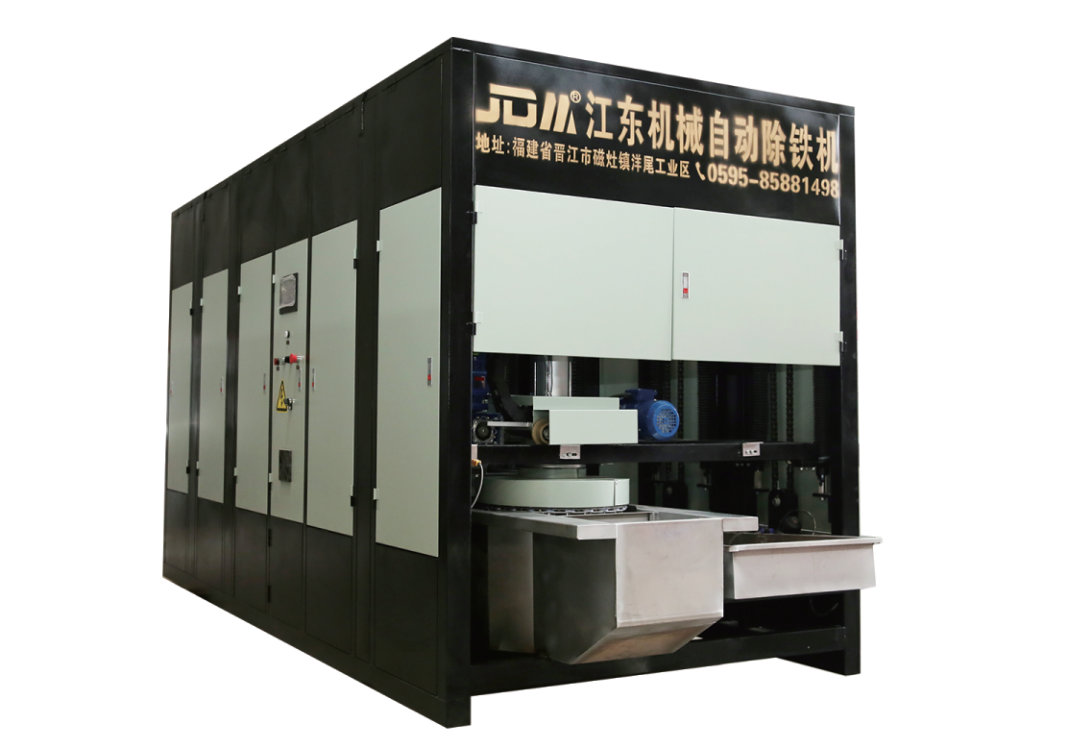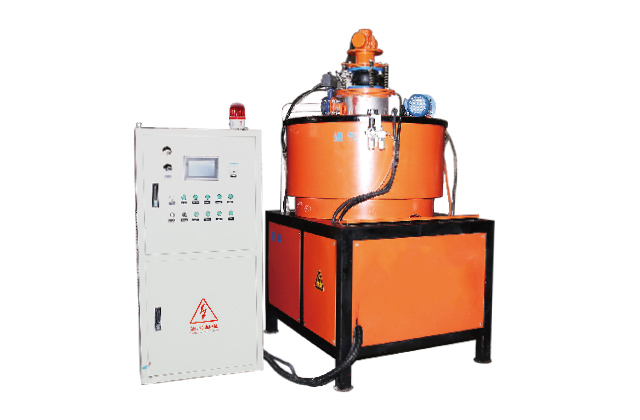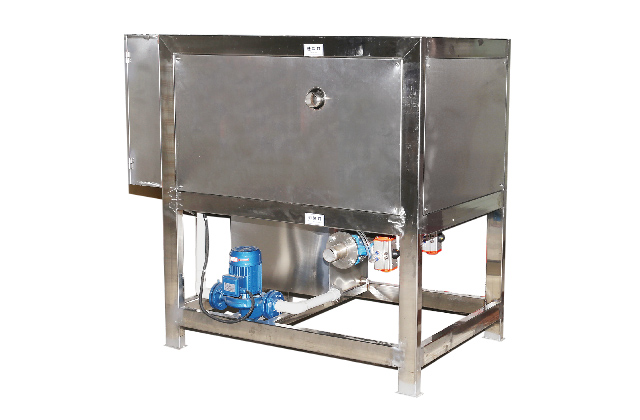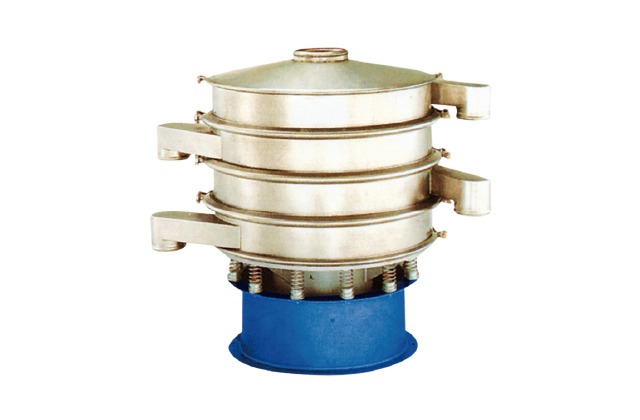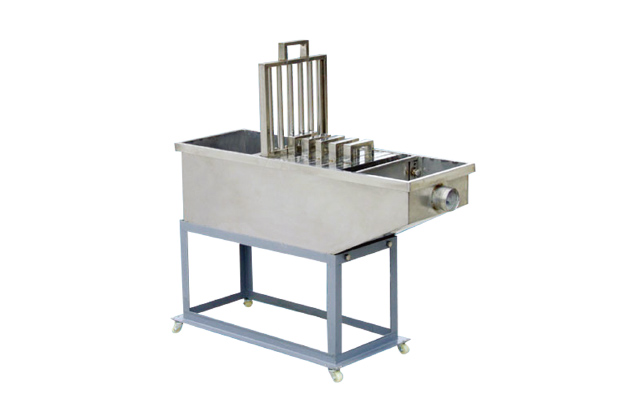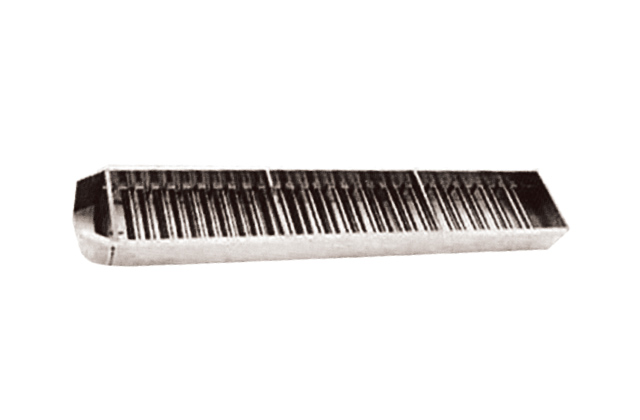September 4, 2025
How Does a Slurry Separator Work? A Comprehensive Guide
Introduction to Slurry Separators
Slurry separators are essential pieces of equipment in various industries, including mining, agriculture, and wastewater treatment. These devices play a crucial role in separating solid particles from liquids, ensuring efficient processing and maintaining the quality of the final product. But have you ever wondered, how does a slurry separator work? Let’s break it down step by step.
The Basic Principle of Slurry Separation
At its core, a slurry separator operates on the principle of solid-liquid separation. This process involves removing suspended solids from a liquid slurry, which is a mixture of liquid and solid particles. The primary goal is to clarify the liquid and recover the solids, making it a vital step in many industrial processes.
How Does a Slurry Separator Work?
So, how does it actually work? Let’s dive into the mechanics of a slurry separator.
The process begins with the slurry being pumped into the separator. Once inside, the mixture is subjected to a series of forces that separate the solid particles from the liquid. Depending on the type of separator, this can be achieved through centrifugal force, gravity, or filtration.
Centrifugal Separation
One of the most common methods of slurry separation is centrifugal separation. In this process, the slurry is fed into a spinning drum or bowl. As the drum rotates at high speed, the centrifugal force pushes the solid particles to the outer edge of the bowl, where they are collected. The clarified liquid, now free from solids, is then discharged from the center of the drum.
Gravity Separation
Gravity separation is another method used in slurry separators. This process relies on the natural settling of solid particles under the influence of gravity. The slurry is fed into a large tank or vessel, where the solids settle to the bottom over time. The clear liquid is then skimmed off from the top, leaving behind the solid material.
Filtration
Filtration is yet another method used in slurry separation. In this process, the slurry is passed through a porous medium, such as a filter cloth or membrane. The solid particles are retained on the surface of the filter, while the liquid passes through. Over time, the filter may become clogged with solids, requiring regular cleaning or replacement.
Components of a Slurry Separator
Now that we’ve covered the basics of how a slurry separator works, let’s take a closer look at its components.
1. **Feed Pump**: This is responsible for delivering the slurry to the separator. The pump must be capable of handling the abrasive nature of the slurry, which often contains suspended solids.
2. **Separation Chamber**: This is the heart of the separator, where the actual separation takes place. The design of the separation chamber varies depending on the type of separator being used.
3. **Centrifugal Drum or Bowl**: In centrifugal separators, this is where the slurry is spun at high speed to separate the solids from the liquid.
4. **Filter Medium**: In filtration-based separators, this is the porous material that traps the solid particles while allowing the liquid to pass through.
5. **Collection System**: This is used to gather the separated solids and clarified liquid. The collection system may include tanks, pipes, and valves.
Types of Slurry Separators
Slurry separators come in various types, each designed for specific applications. Here are some of the most common types:
1. **Centrifugal Separators**: These are the most widely used type of slurry separator. They are known for their high efficiency and ability to handle large volumes of slurry.
2. **Gravity Separators**: These are simpler in design and are often used in applications where the solid particles are relatively large and heavy.
3. **Filter Presses**: These are commonly used in industrial and municipal wastewater treatment. They are particularly effective at removing fine solids from the slurry.
4. **Hydrocyclones**: These are compact and cost-effective separators that use centrifugal force to separate solids from liquids.
Applications of Slurry Separators
Slurry separators are used in a wide range of industries. Here are some of the most common applications:
1. **Mining**: In the mining industry, slurry separators are used to separate valuable minerals from waste rock and other impurities.
2. **Agriculture**: In agriculture, these separators are used to process animal waste, separating the solid matter from the liquid effluent.
3. **Wastewater Treatment**: Slurry separators play a crucial role in wastewater treatment, removing suspended solids and other contaminants from the water.
4. **Food and Beverage**: In the food and beverage industry, these separators are used to process materials such as milk, juice, and other liquids, removing impurities and improving product quality.
Maintenance and Care
To ensure optimal performance, regular maintenance is essential. Here are some tips for maintaining your slurry separator:
1. **Regular Cleaning**: The separator should be cleaned regularly to remove any buildup of solids. This will help maintain its efficiency and prevent clogging.
2. **Inspect Wear Parts**: The wear parts, such as the filter cloth or centrifugal drum, should be inspected regularly and replaced as needed.
3. **Lubricate Moving Parts**: Any moving parts, such as bearings or gears, should be lubricated regularly to prevent wear and tear.
4. **Monitor Performance**: Keep an eye on the separator’s performance. If you notice a decrease in efficiency, it may be time for a more thorough maintenance check.
Conclusion
In conclusion, slurry separators are versatile and essential pieces of equipment in many industries. By understanding how they work and how to maintain them, you can ensure optimal performance and extend their lifespan. Whether you’re in mining, agriculture, or wastewater treatment, a well-functioning slurry separator is key to achieving your processing goals.

